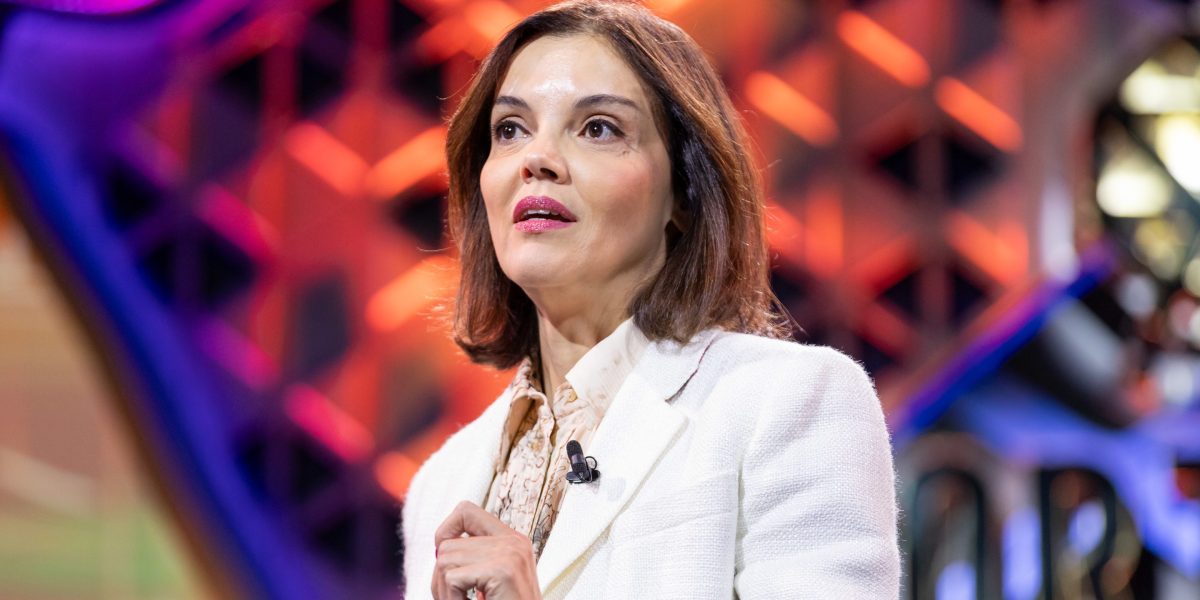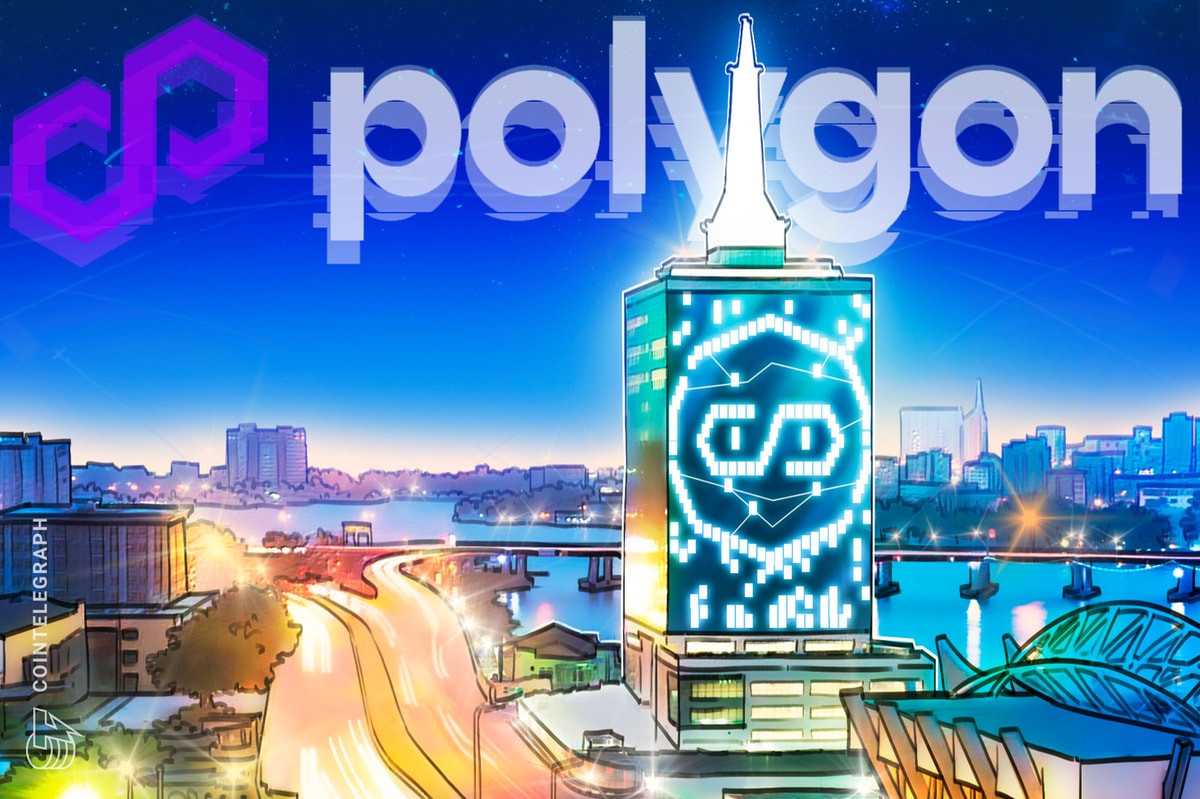Financial advisors work where the money is, or at least that’s what the conventional wisdom says. But is it true?
In the years since the COVID-19 pandemic, the prospect of remote work has become a permanent reality for many advisors. But understanding exactly how that trend has affected where advisors live and work is no easy task.
As of 2024, there were an estimated 270,000 active personal financial advisors across the country, according to data from the U.S. Bureau of Labor Statistics. That tally has increased by some 29% from before the pandemic, in May 2019.
During that time, New Mexico, West Virginia, Arizona, Washington and North Carolina saw the biggest percent increases in the number of financial advisors. In New Mexico and West Virginia, where fewer than 1,000 advisors worked in 2019, that increase still represents a relatively small number of advisors.
Meanwhile, the growth in Arizona, Washington and North Carolina represents a gain of nearly 10,000 advisors during that same time. Since 2019, nearly 1 in 5 new financial advisors who joined the industry were in one of those three states.
Texas and Florida have taken up more than their fair share of headlines over recent years as anecdotes of advisor moves to the South abounded. Since 2019, the two states have together added just over 10,000 advisors — about 5,400 in Florida and 4,800 in Texas, according to BLS data.
READ MORE: Wealth management’s evolving take on ‘location, location, location’
Contrary to many stories of advisors fleeing California and New York, the two states remain popular hubs for financial advisors. In California, growth in financial advisors outpaced the national average. Over 8,000 new advisors have begun working in the Golden State since 2019, the largest total increase of any state during that time.
New York fell behind the rest of the country over recent years, with its advisor count growing at a much slower rate compared to the national average. But the Empire State still saw a 10% increase in working advisors since 2019. Despite its sluggish growth, New York still has more financial advisors as a share of its workforce than any other state in the country.
In New York, 3 in every 1,000 workers are financial advisors, twice the national average. New Hampshire, Rhode Island and North Carolina follow close behind that, with between 2.4 and 2.6 advisors for every 1,000 workers.
The Lone Star State’s 17,500 advisors make up a relatively small number of the state’s total workforce, with 1.3 advisors for every 1,000 workers, slightly below the national average. But areas including Puerto Rico, New Mexico, Louisiana, Mississippi and Oklahoma have some of the most sparsely concentrated financial advisor industries in the country.
Why do financial advisors live there?
The factors driving where advisors live are far from consistent. Experts in the wealth management industry have suggested that the share of certified financial planners from state to state tends to track with the concentration of households making $200,000 or more annually. Across the financial advisory industry more broadly, the concentration of high-income households may partially explain why advisors live where they do, but the relationship between the two factors is modest, at best.
For any given state, the concentration of advisors per 1,000 workers increases by one advisor for every 15% increase in the share of households making $200,000 or more, according to analysis by Financial Planning. A state like New Mexico generally follows that dynamic, with 7.1% of households making $200,000 or more and just 0.7 advisors for every 1,000 workers. But it’s not uncommon for states to break out of that mold.
READ MORE: The states where CFP certification is surging — and why
In North Carolina, financial advisors make up a far greater portion of the workforce than one might expect given the modest concentration of high-income households. States like Hawaii and Virginia see the inverse. Both states have an above-average share of high-income households compared to the rest of the country, yet they both have a below-average concentration of advisors.
Other factors, like the cost of living, have the opposite effect from what many in the industry assume. In general, financial advisors are more concentrated in higher-cost-of-living states, FP analysis shows.
So, does that mean that the concentration of advisors is growing in states where there are more high-income households? Not quite. The share of households making $200,000 or more may sometimes align with where advisors are currently concentrated, but analysis shows that the commonly cited factor was virtually irrelevant when it came to where advisor counts grew over recent years.
In fact, multiple factors that are frequently cited as drivers behind advisor movement — including the concentration of high-income households, tax burden and cost of living — had virtually no relation to growth in financial advisor counts since 2019.
For advisors like Michael Espinosa, president of TrueNorth Retire in Salt Lake City, Utah, that’s hardly a surprise.
“Location has much less impact in today’s digital world than it did even pre-COVID-19,” he said. “More prospective clients are willing to meet over Zoom, and more employers are OK with remote advisors.”
READ MORE: Fee compression is coming, Cerulli says. Here’s how to get ahead of it
When he first started out as a financial advisor, Espinosa said he moved to Arizona to work for Vanguard.
“Building a strong foundation for my career was the biggest factor for me at that point in my life,” he said. “Now that I have a decade of experience, my priorities have shifted to what’s best for my family in terms of living close to relatives, school districts and recreation.”
The factors that drove Espinosa to his current workplace have little to do with his role as a financial advisor. But for advisors who are chiefly concerned with maximizing their income, is it worth moving to more affluent states?
On face value, the answer to that question is a definitive yes. In any given state, FP analysis shows that advisors can expect to see an $850 increase in annual pay for every additional percentage point of households with $200,000 or more in annual income.
But a closer look finds that the relationship between advisor pay and the concentration of high-income households is only weak at best. In fact, there is so little consistency across the data in how such households affect advisor pay that even that weak relationship is statistically insignificant.
In New York and Puerto Rico, advisor pay appears to be strongly related to the share of high-income households. But outside of that small subset, the relationship between the variables is nearly random.
In South Dakota, where only 7.4% of households make $200,000 or more a year, the average financial advisor makes $174,000 annually, according to BLS data. Financial advisors in New Hampshire, where twice as many households make $200,000 or more, earn $104,000 on average, far below the national average.
READ MORE: Clients value advisor relationships over investment advice, study shows
For advisors looking to improve their practices, carving out a niche helps drive success more than living in a particular location, according to Jamie Ebersole, founder and CEO of Ebersole Financial in Wellesley Hills, Massachusetts.
“Most areas will already have a good number of established advisors, so more important than the geography is finding a viable group of clients for whom you are able to provide a superior service, and who are able to pay for it,” Ebersole said. “Differentiation is the key to survival.”
Advisors like Michael Hansen, the co-founder of Frontier Wealth Strategies in Walnut Creek, California, tend to agree.
“The more specific you are, the more likely you are to be the go-to person. Once you have defined your niche, you can decide what location would be best for you. Having said that, if you are the go-to person, people will be quite happy with virtual meetings,” Hansen said in an email. “I specialize in expats and immigrants (EU/USA), and I have clients from all over reaching out to me because of my expertise. I rarely meet people in person.”

























